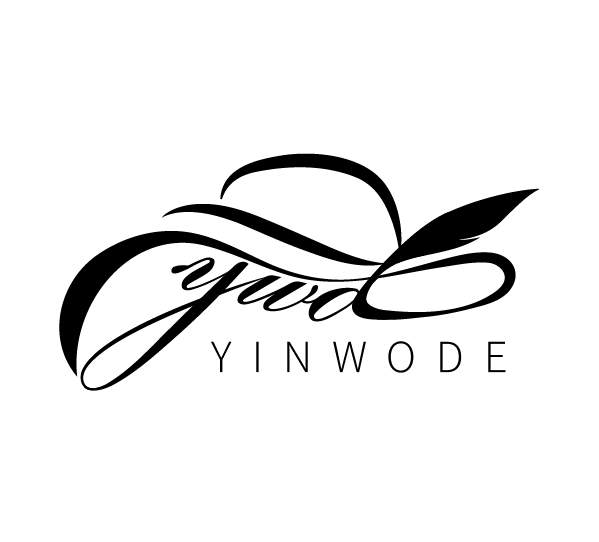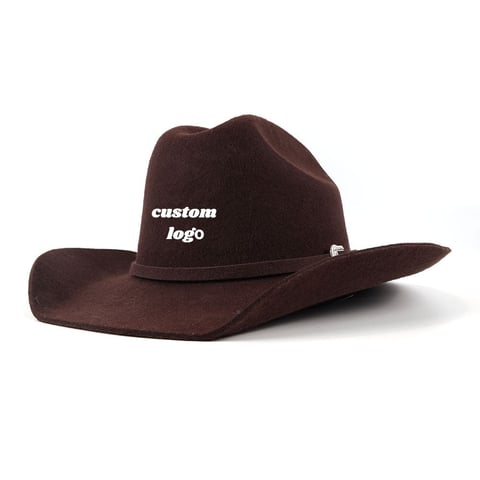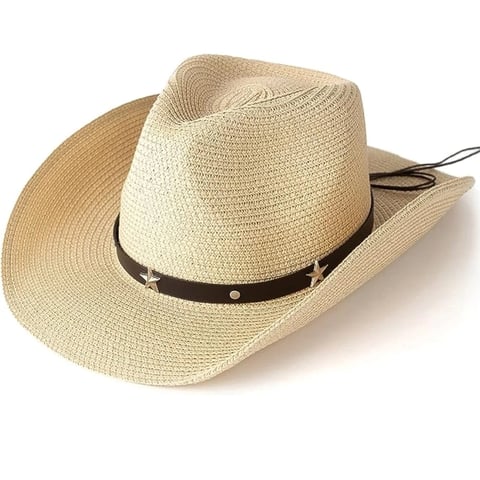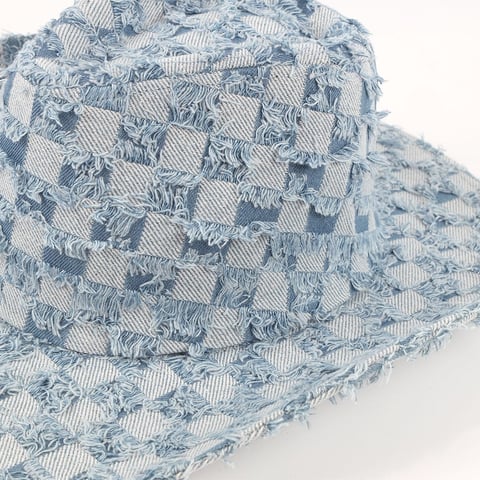1 How to Choose Your Cowboy Hat
1.1 Understanding Different Styles
Cowboy styles have evolved over time and have been influenced by various factors such as geography, culture, and historical context. Here are some different cowboy styles:
1. American Cowboy: This style is perhaps the most iconic and widely recognized. It originated in the American West during the late 19th century. American cowboys typically wear wide-brimmed hats, bandanas, denim or leather jeans, cowboy boots, and often sport leather vests or jackets.
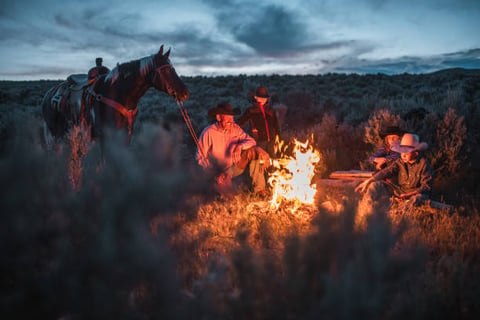
2. Mexican Vaquero: The Vaquero style originated in Mexico and heavily influenced cowboy culture in the American West. Vaqueros were skilled horsemen who herded cattle on ranches. Traditional vaquero attire includes a wide-brimmed sombrero, a serape or poncho, chaps, and leather boots.
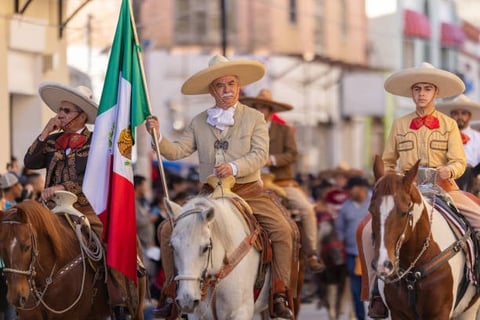
3. Australian Stockman: Australian stockmen, akin to American cowboys, working on cattle stations in the Australian Outback. They often wear broad-brimmed hats, long-sleeved shirts, durable trousers, and leather boots. The Australian style is adapted to the harsh conditions of the Outback.
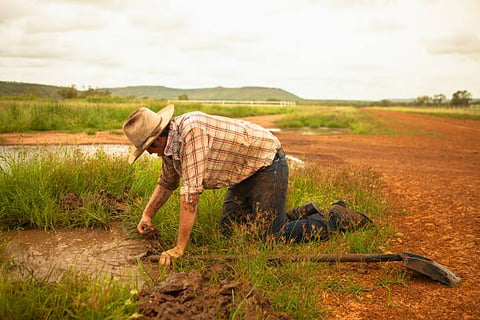
4. Brazilian Gaucho: The Gaucho tradition originates in South America, particularly in countries like Brazil, Argentina, and Uruguay. Gauchos are skilled horsemen who work on estancias (ranches) and are known for their expertise in herding cattle. Traditional gaucho attire includes baggy trousers called bombachas, wide-brimmed hats, and leather boots.
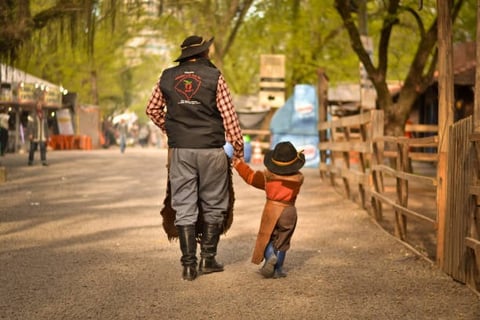
5. Canadian Cowboy: In Canada, particularly in the western provinces, there is a cowboy culture influenced by American and British traditions. Canadian cowboys often wear similar attire to their American counterparts, including cowboy hats, denim or leather clothing, and cowboy boots. However, there might be variations influenced by regional differences and climate.

6. Western European Cowboy: While not as prevalent as in the Americas or Australia, there are cowboy traditions in Western Europe, particularly in countries like Spain and Portugal. Spanish vaqueros and Portuguese campinos exhibit their own unique styles, often characterized by traditional clothing such as wide-brimmed hats, jackets, and riding boots.
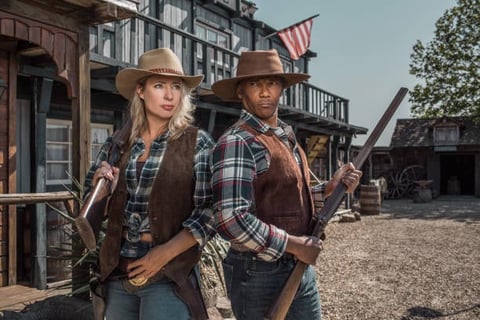
7. Modern Cowboy: In contemporary times, the cowboy style has been adopted and adapted by people around the world as a fashion statement rather than a practical work attire. Modern cowboy fashion often includes elements of traditional cowboy clothing but may feature more contemporary designs and materials.
These are just a few examples of the diverse cowboy styles found around the world. Each style reflects the unique history, environment, and cultural influences of the region where it originated.
1.2 Measuring Your Head Size
1. Get Your Gear: Grab a flexible tape measure, the kind you use for sewing.
2. Find the Widest Spot: Look in a mirror and wrap the tape around your head at the widest part, above your eyebrows and ears.
3. Take the Measure: Keep the tape level and snug, but not too tight. Note where it overlaps.
4. Check Twice: Measure a couple of times to make sure you're consistent.
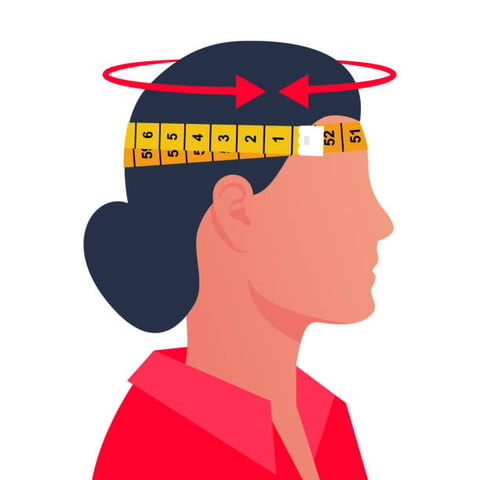
5. Use Sizing Charts: Look up hat sizing charts online, which match head measurements to hat sizes.
6. Try Before You Buy: Even if you know your size, try on hats because fits can vary between brands and styles.
1.3 Considering Material and Texture
Cowboy hats come in various materials and textures, each offering unique characteristics in terms of style, durability, and functionality. Here are some common materials and textures used in cowboy hats:
1. Felt cowboy hat: Felt cowboy hats are typically made from wool or fur felt. Wool felt hats are durable, affordable, and suitable for everyday wear. Fur felt hats, made from rabbit or beaver fur, are more expensive but offer superior quality, durability, and water resistance.
2. Straw cowboy hat: Straw cowboy hats are lightweight, breathable, and perfect for warm weather or casual wear. They're typically made from natural straw fibers such as palm leaf, toquilla straw (used in Panama hats), or raffia. Straw hats often feature a ventilated crown to allow airflow.
3. Leather: Leather cowboy hats are rugged, durable, and offer a distinctive Western look. They're commonly made from full-grain leather and can withstand harsh outdoor conditions. Leather hats may be treated for water resistance and come in various textures, from smooth to distressed.
4. Canvas cowboy hat: Canvas cowboy hats are lightweight, breathable, and ideal for outdoor activities like hiking or gardening. They're often made from durable canvas materials such as cotton or polyester and may feature a wide brim for sun protection.
5. Suede: Suede cowboy hats have a soft, velvety texture and offer a stylish alternative to traditional felt or straw hats. They're made from the underside of animal hides, typically cowhide, and provide a unique look that's both rugged and refined.
6. Mesh: Mesh cowboy hats feature a crown made from breathable mesh fabric, making them ideal for hot climates or outdoor activities. They provide excellent ventilation while still offering sun protection with a solid brim made from materials like canvas or polyester.
7. Synthetic Materials: Some cowboy hats are made from synthetic materials such as polyester or nylon. These hats are often lightweight, durable, and may offer additional features like moisture-wicking properties or UV protection.
When choosing a cowboy hat, consider the intended use, climate, and personal style preferences to select the material and texture that best suits your needs.
1.4 Testing for Comfort
1. Fit: Ensure the hat fits snugly without feeling too tight or loose.
2. Adjust Sweatband: Make sure the sweatband is adjusted comfortably around your head.
3. Weight: Consider the weight of the hat, especially for prolonged wear.
4. Material Feel: Check how the material feels against your skin for comfort.
5. Brim: Ensure the brim doesn't obstruct your vision or feel too heavy.
6. Movement: Move around to see if the hat stays in place and feels comfortable during motion.
7. Ventilation: Consider how well the hat ventilates, especially in hot weather.
8. Wear Test: Wear the hat for a brief period to assess comfort over time.
2 How to Wear a Cowboy Hat Correctly
Wearing a cowboy hat correctly not only adds style but also ensures comfort and stability. Here's a guide on how to do it properly:
2.1 Placing the Hat on Your Head
- Hold the hat by the brim, with the crown facing downwards.
- Position the hat over your head, ensuring it sits comfortably and snugly. It should feel secure without being too tight or too loose.

2.2 Adjusting the Brim
- The brim of the hat should be parallel to the ground when you wear it.
- Adjust the brim by gently tilting it up or down until it frames your face nicely.
- Avoid extreme angles, as they can look awkward and may not provide adequate sun protection.
2.3 Setting the Angle of the Hat
- Cowboy hats can be worn with the front brim angled slightly downward or leveled, depending on personal preference.
- Traditionalists often prefer a slight tilt downward, while others may opt for a level brim for a more contemporary look.
- Experiment with different angles to find what suits your style and face shape best.
2.4 Ensuring Stability
- To ensure stability, make sure the hat fits snugly but comfortably on your head.
- If the hat feels loose, consider using adhesive strips or hat sizing foam tape inside the sweatband to improve the fit.
- Additionally, windy conditions may require extra precautions like tightening the chin strap or holding onto your hat to prevent it from blowing away.
3 How to Wear Your Hair with a Cowboy Hat
When wearing a cowboy hat, how you style your hair can complement your look and enhance comfort. Here are some tips on how to wear your hair with a cowboy hat:
3.1 Keeping Your Hairstyle Simple
- Opt for hairstyles that won't interfere with the fit or shape of the hat. Simple and sleek styles tend to work best.
- Avoid elaborate updos or hairstyles with excessive volume, as they can cause the hat to sit unevenly or feel uncomfortable.
- Consider hairstyles like a low ponytail, a sleek bun, or straight hair left down. These styles keep the hair neat and tucked away without adding extra bulk under the hat.

3.2 Tying Up Your Hair
- If you have long hair, tying it up can help prevent tangling with the hat's brim and ensure a secure fit.
- A low ponytail or a braid secured at the nape of the neck is a practical choice. This keeps the hair contained without creating a noticeable bulge under the hat.
- You can also try a low bun or a simple chignon for a classic look that complements the cowboy hat style.
- Avoid high ponytails or top knots, as they can create an uneven fit and may feel uncomfortable when wearing the hat for an extended period.
4 How to Wear a Cowboy Hat Front and Back
4.1 Wearing the Hat Frontward
- Positioning: Place the cowboy hat squarely on your head, ensuring that the front is aligned with your forehead.
- Tilt: You can slightly tilt the hat forward for a casual look or keep it straight for a more traditional appearance.
- Secure Fit: Make sure the hat fits snugly but comfortably on your head to avoid it falling off or feeling too loose.
4.2 Wearing the Hat Backward
- Positioning: Place the cowboy hat on your head with the back portion facing forward.
- Tilt: You can tilt the hat slightly backward for a relaxed and contemporary style.
- Secure Fit: Ensure the hat fits securely on your head, adjusting it as needed for comfort and stability.
5 How to Match Clothes with a Cowboy Hat
5.1 Maintaining Consistent Style
- Western-Inspired Outfits: Pair your cowboy hat with denim jeans, plaid shirts, cowboy boots, and leather belts for an authentic western look.
- Casual Wear: Incorporate your cowboy hat into casual outfits like t-shirts, vests, and jeans for a laid-back yet stylish appearance.
- Dressy Attire: Experiment with mixing your cowboy hat with tailored jackets, vests, and dress boots for a more polished ensemble with a hint of western flair.
5.2 Paying Attention to Accessories
- Belt Buckles: Coordinate the metal finish and style of your belt buckle with the accents on your cowboy hat for a cohesive look.
- Jewelry: Opt for western-inspired jewelry such as turquoise stones, silver cuffs, and bolo ties to complement your cowboy hat.
- Scarves and Bandanas: Wrap a bandana around your neck or tie it to your hatband for an added touch of western charm.
Final
If you need custom cowboy hat service, please contact us~
